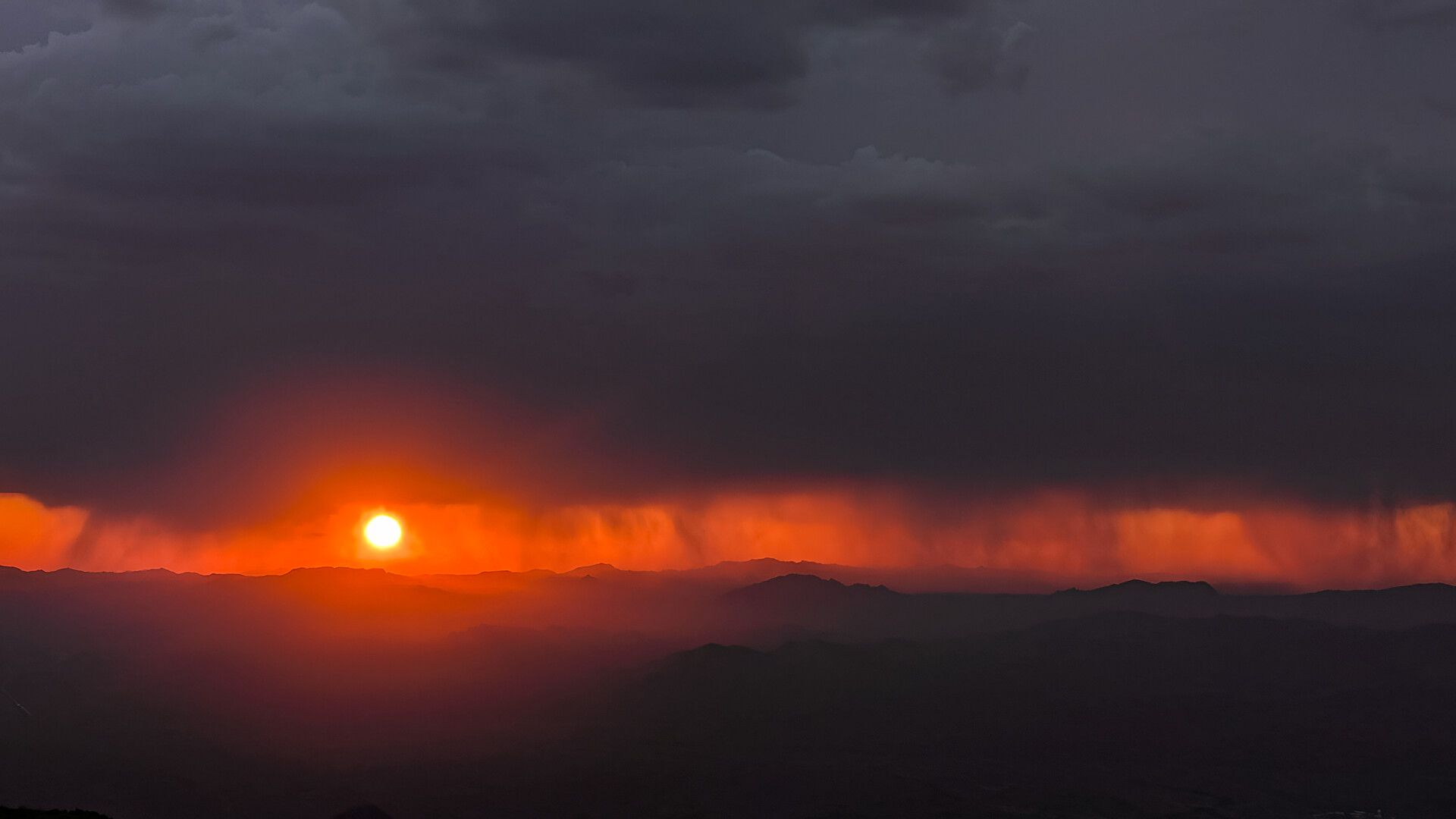Copyright Space.com

Behold the golden-orange horizon over Kitt Peak National Observatory, a fiery twilight moment where day bows out and the stars prepare their grand entrance. Captured by NOIRLab, this sunset reveals the pristine conditions that make Kitt Peak such a favorable astronomical site. What is it? Founded in 1964, the Kitt Peak site was chosen by the National Science Foundation to house a national observatory capable of delivering clear, dark-skied views of the cosmos. There, more than two dozen optical and radio telescopes now share the peak with ancient desert winds and perhaps, in the spirit of Halloween, a few ghost stories yet untold. Over the decades, the observatories on Kitt Peak have helped map dark matter, chart distant galaxies and train generations of astronomers. Where is it? Kitt Peak is in the Baboquivari Mountains of southern Arizona, 56 miles (90 kilometers) southwest of Tucson on land owned by the Tohono O'odham Nation. The telescope complex sits at an elevation of about 7,000 feet (2,100 meters). Why is it amazing? The vivid orange sky at Kitt Peak National Observatory is more than just a Halloween color; it shows the dry air and lack of light pollution at the site, two things needed for pristine astronomy. As even the tiniest speck of dust, or nearby city lights can break equipment or make noise in readings, remote areas like Kitt Peak offer sanctuary to astronomers peering deep into space. Want to learn more?



